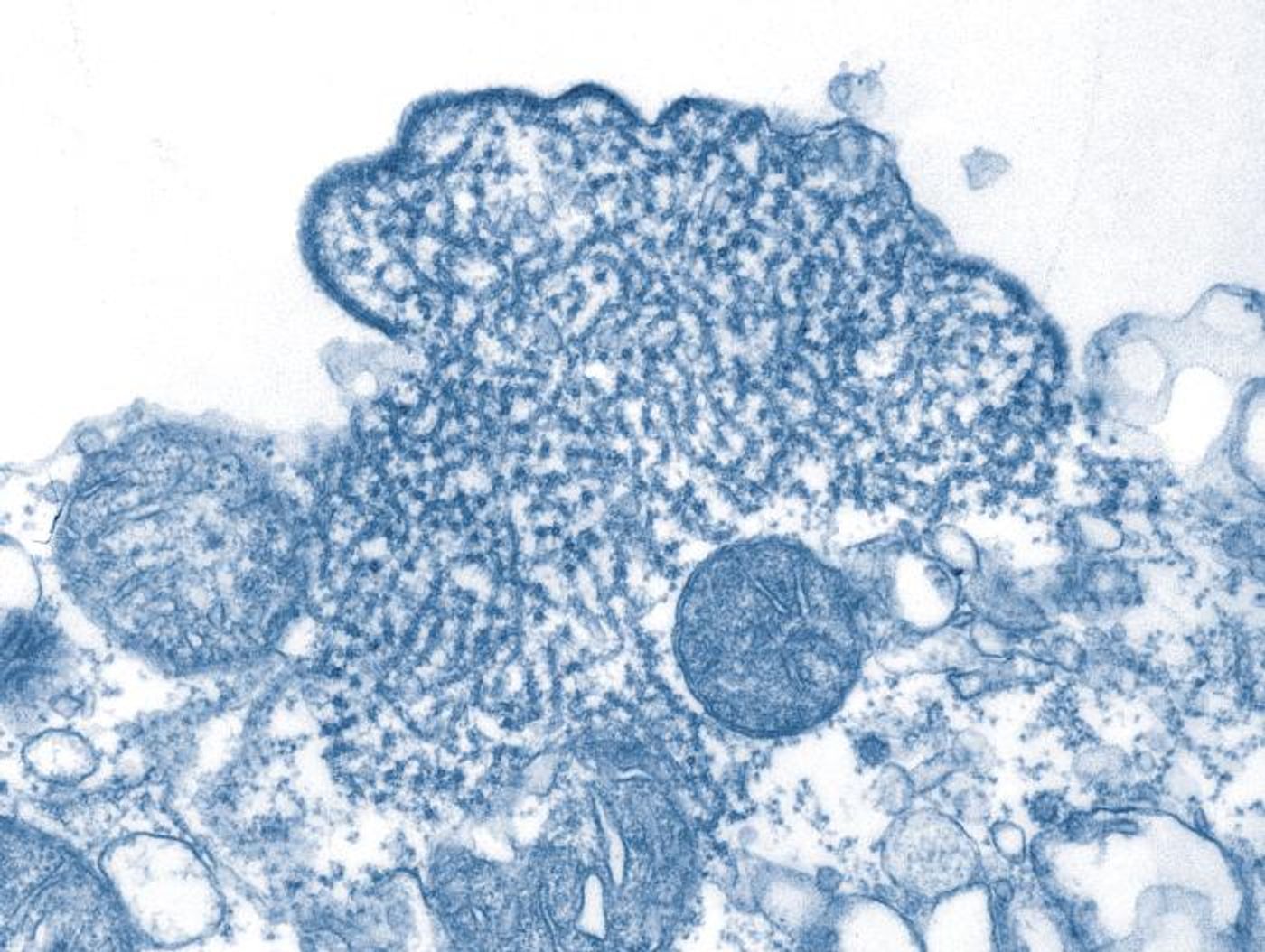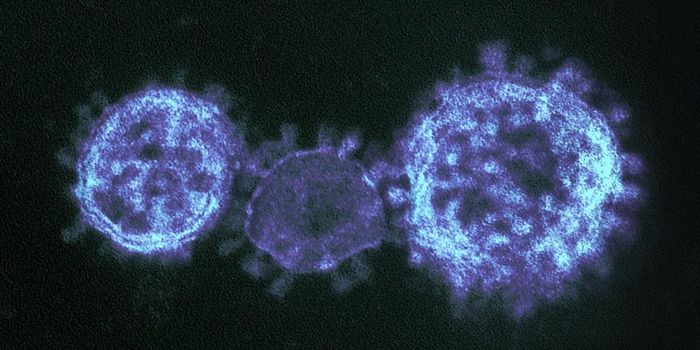Global Coalition Targets Three Viruses
A worldwide consortium of scientists have prioritized the development of vaccines for three specific pathogens that pose a serious risk to global public health: Mers, Lassa Fever and Nipah. The consortium, the Coalition for Epidemic Preparedness (Cepi), has made the creation of two vaccines for each virus with five years their target. Bill Gates speaks with the Wall Street Journal in the video below about the effort.
The Ebola outbreak that occurred in 2014 in West Africa is seen as a wake up call. "Before the 2014 outbreak we only had very small Ebola epidemics that were in isolated communities that we were able to control,” commented Jeremy Farrar, the Director of the Wellcome Trust, which is one of the founding members of Cepi. "But in the modern world with urbanisation and travel, 21st Century epidemics could start in a big city and then take off the way Ebola did in West Africa.
"We have to be much better prepared,” he told the BBC.
The World Health Organization agrees that these viruses pose a danger. They are at the top of WHO’s list of priority diseases that could cause a major outbreak. Dr Marie-Paule Kieny, assistant director-general of the WHO, told the BBC: "Besides the known threats - such as Ebola and others - there are also all those viruses that are known but are thought to be very benign. They could mutate and become more dangerous for humans. Then there are the things that are completely unknown to us at the moment," Dr. Kieny said.
Mers is Middle East Respiratory Syndrome, first reported in Saudi Arabia in 2012. According to the Centers for Disease Control (CDC), many of those that have been infected have died after developing symptoms including coughing, fever and shortness of breath. Like the other prioritized viruses, it probably comes from an animal – a zoonotic virus.
The CDC states that Nipah Virus was first identified in 1999 after pig farmers in Singapore and Malaysia fell ill and were found to have encephalitis, or brain inflammation. While the pigs weren’t getting particularly sick, millions of them were euthanized after the 300 or so human cases resulted in over one hundred deaths. A different strain of Nipah sickened people in Bangladesh in 2004, and human-to-human transmission has been documented in a hospital setting in India.
Lassa Fever was identified in West Africa in 1969 following the deaths of two missionary nurses. There have not been reliable measurements of infection rates, but it the CDC reports estimates of 100 to 300 thousand cases and around 5,000 deaths every year in West Africa, where it is endemic in some regions. At any rate, it is known to be a serious problem in the places it currently threatens.
"We've got lucky so far," said Jeremy Farrar; the world has not had to deal with a dangerous airborne pathogen. He reminds us that it is possible for a far more contagious type of virus that causes symptoms like Ebola, could arise. "I could cough it over you today and you could cough it over someone tomorrow and it could spread very quickly. That puts the world in a very vulnerable place."
Since we don’t know what virus is going to result in the next outbreak, companies aren’t leading the way toward vaccine development. Cepi, discussed in the press conference above, currently gets support from various governments, such as the countries of India, Germany, Norway and Japan. It also receives funding from organizations like the Bill & Melinda Gates Foundation and Wellcome Trust.











